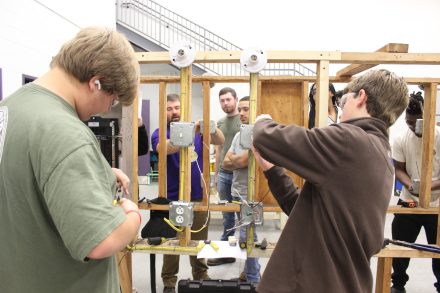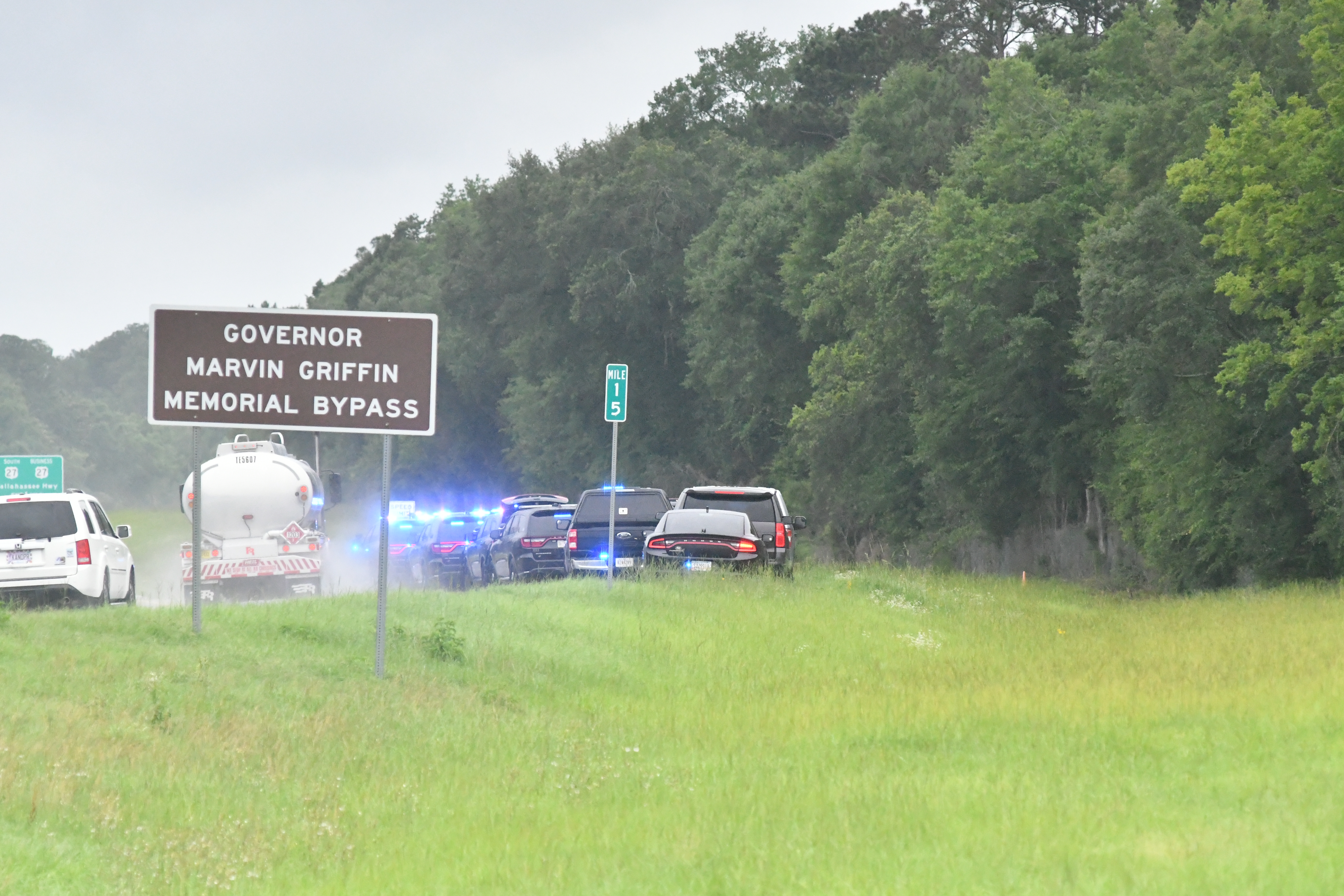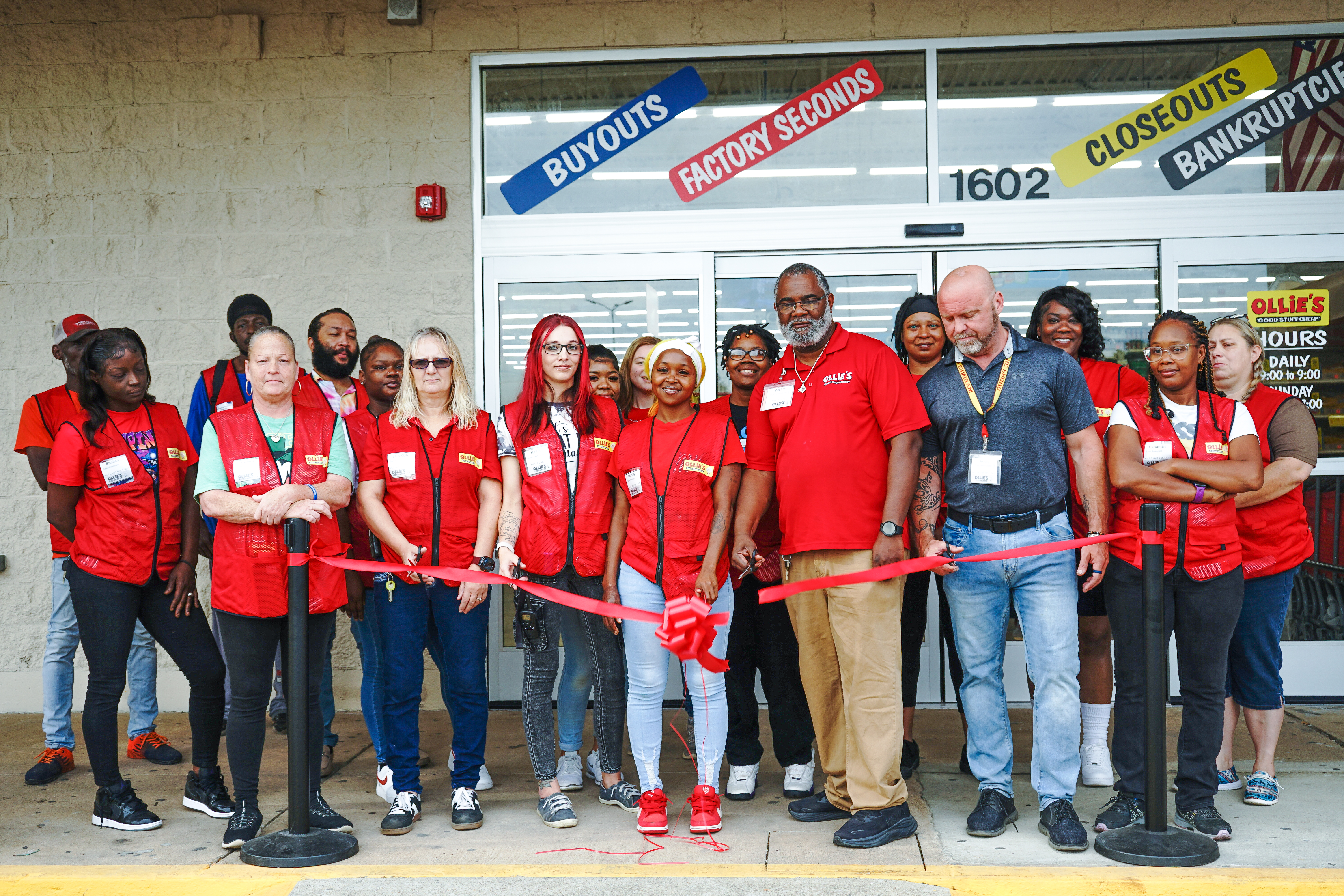Bainbridge High School celebrates CTAE month in February
Published 10:08 am Wednesday, February 9, 2022

- Students in the CTAE Pathways program work on outlets during their elective class with Mr. Lashley. This is just one of various pathways they can choose from that include agriculture, patient care and carpentry.
|
Getting your Trinity Audio player ready...
|
Bainbridge High School, along with schools all across the United States, will be celebrating CTAE (Career, Technical and Agricultural Education) month in February.
CTAE is similar to what was once known as vocational education and offers a variety of pathways for students to choose from.
“CTAE is very much alive and offers a lot of the same programs that were available in the 60’s, 70’s and 80’s,” said Vonda Hubbard, CTAE Director and BHS Assistant Principal.
One of the pathways students can choose from is Agriculture.
There are four agriculture pathways to choose from: Ag Mechanics & Metals Fabrication, Animal Science, Forestry/Wildlife and Plant & Landscape.
Each pathway offers three course that Hubbard said are to be taken in sequential order.
“The courses are designed to build on each other,” Hubbard explained. “At the end of the third course, the student sits for a test known as the End of Pathway Assessment.”
The End of Pathway Assessment is a test that can offer students a credential upon graduation, if passed.
Hubbard said ideally, they would like students to complete their first End of Pathway Assessment by the end of their sophomore year, so if they liked one agriculturally based pathway or business & technology based pathway, they could choose another one.
“There’s potential to have three pathways completed by the end of high school,” she said.
However, some pathways require students to be of a certain age.
Students in the Early Childhood Education Pathway and Patient Care Pathway must be 18 in order to receive their credential, which is why Hubbard encourages students to not start this pathway until they are sophomores.
“If they pass their assessment for Patient Care, they will walk away from high school as a licensed CNA,” Hubbard said.
Hubbard does realize some students will graduate high school at only 17, though and explained that students have up until a year to take their End of Pathway Assessment in situations such as these.
“It doesn’t happen very often, but students are welcome to do that,” she said.
End of Pathway Assessments vary based on the pathway.
Hubbard said Business & Technology students sit and take the MOUS (Microsoft Office User Specialist) exam.
“These are rigorous tests,” Hubbard said.
The Nutrition & Food Science Pathway, which is one of the largest pathways, sits for the ServSafe test.
Students in the Early Childhood Education take the NOCTI. Hubbard said one of the special things about taking the NOCTI is if students score high enough on their NOCTI, colleges and universities often allow them to exempt themselves from their first Intro to Education class.
“We do have a lot of students who perform well on that test,” Hubbard pointed out.
While these End of Pathway assessments may seem daunting, Hubbard said they often start really trying to encourage kids in middle-school to figure out their interests, so when they begin at the high school, teachers can hone in on those interests and how they could eventually relate to a career though CTAE pathways.
In order to help students achieve the most certificates possible, 8 credits of electives are required to graduate.
Hubbard said that CTAE does count as an elective, but students can also choose drama, chorus, band or yearbook, among others.
“It gives students the opportunity to explore other options beyond CTAE,” Hubbard said. “Largely, we want them to choose CTAE though; we would love to see everyone in this program.”
In order to help celebrate students who have completed their pathways and encourage those who are still working on getting their credentials, Hubbard said the school has started doling out graduation chords in gold, bronze and silver.
Hubbard hopes this brief overlook into the program, and all the options it provides is only one of the many ways she, along with other faculty and staff, can celebrate the hard work students put into the CTAE Pathways program.





